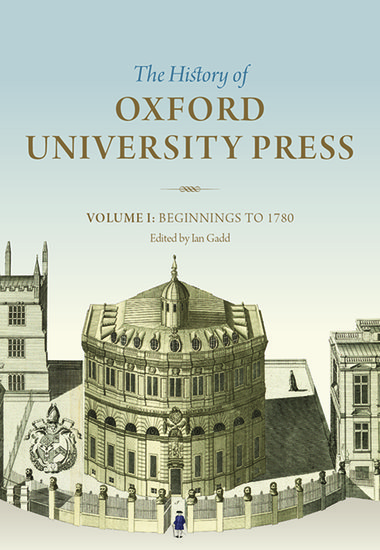A brief history of Oxford University Press in pictures
Oxford University has been involved with the printing trade since the 15th century and our Archive holds the records of the University’s printing and publishing activities from the 17th century to date. This week our archivists have generously unearthed some pictures to share with you.







